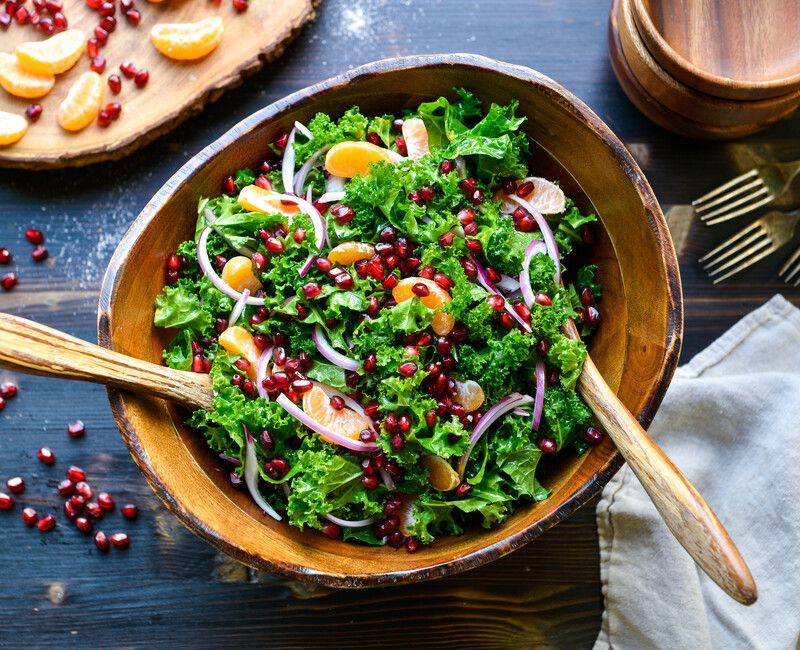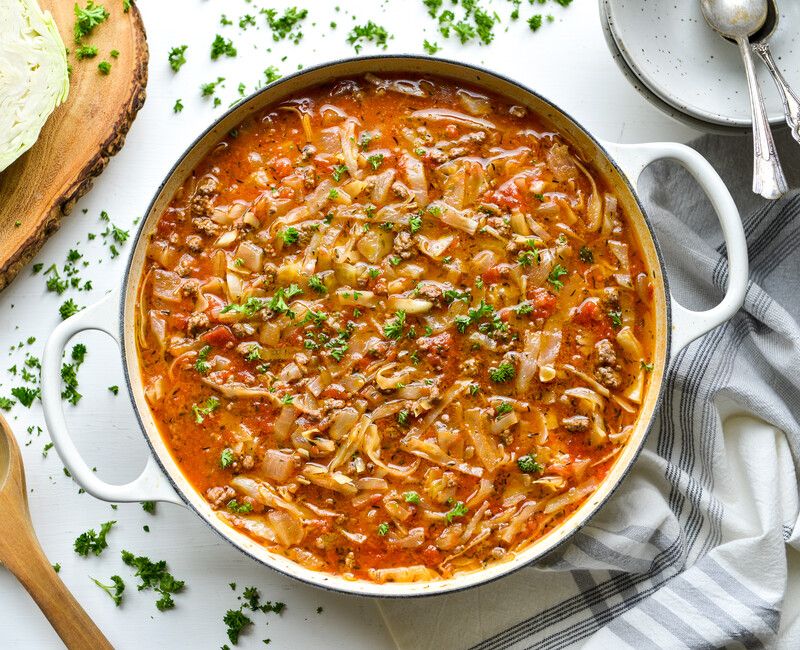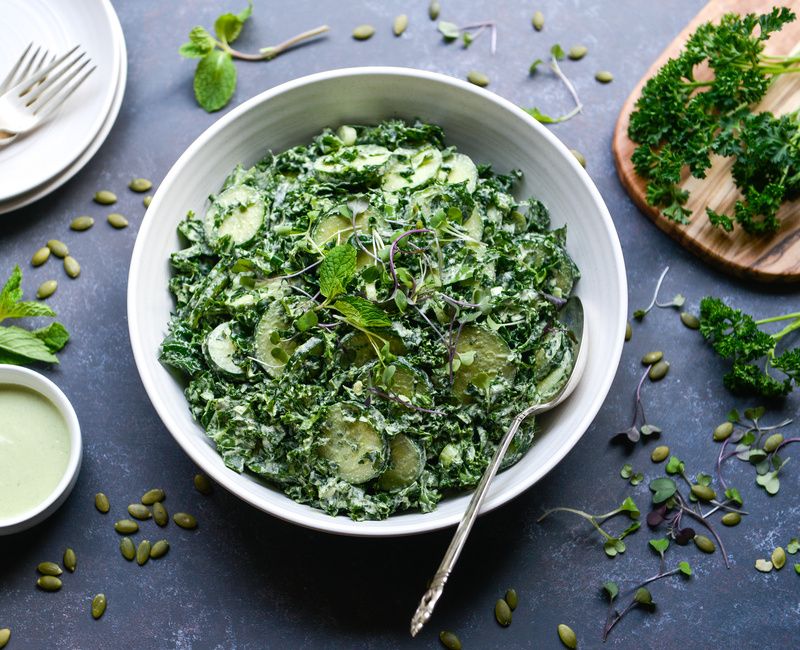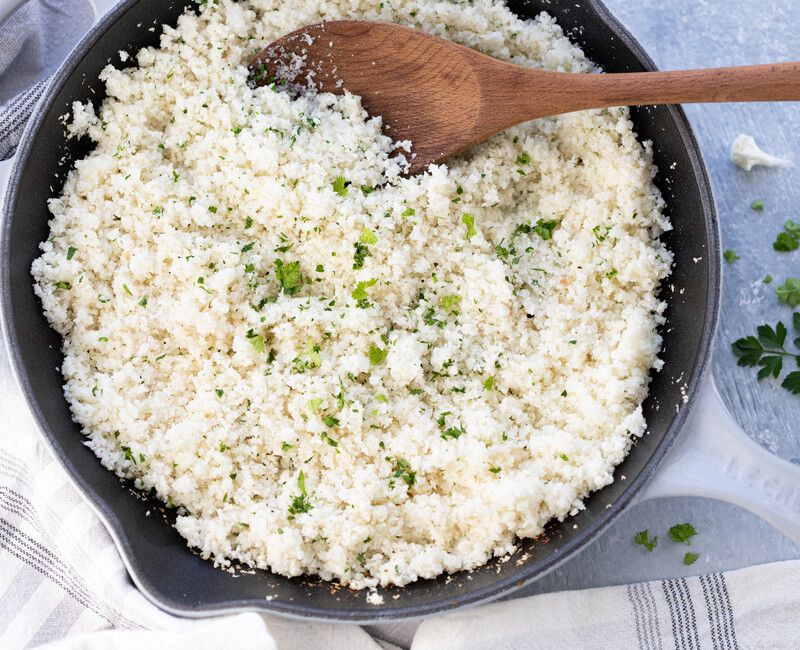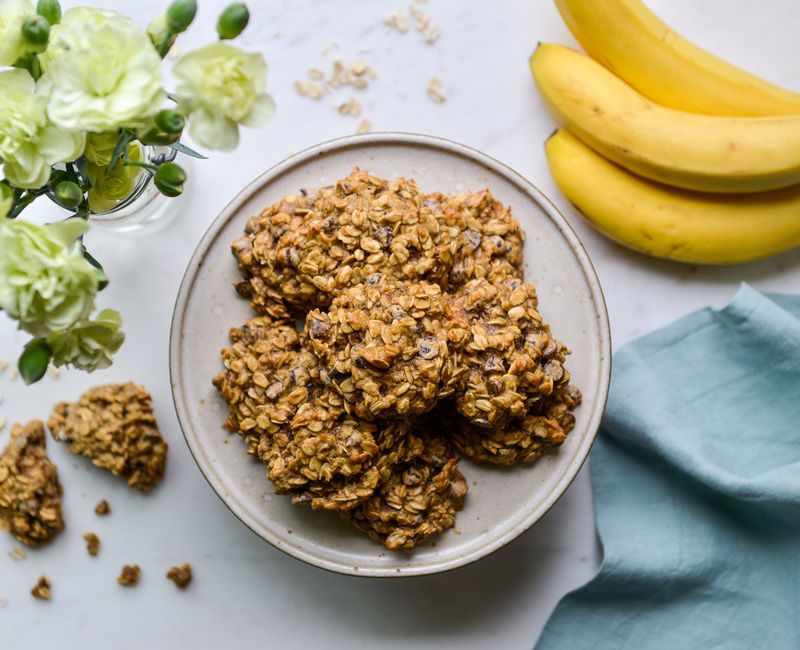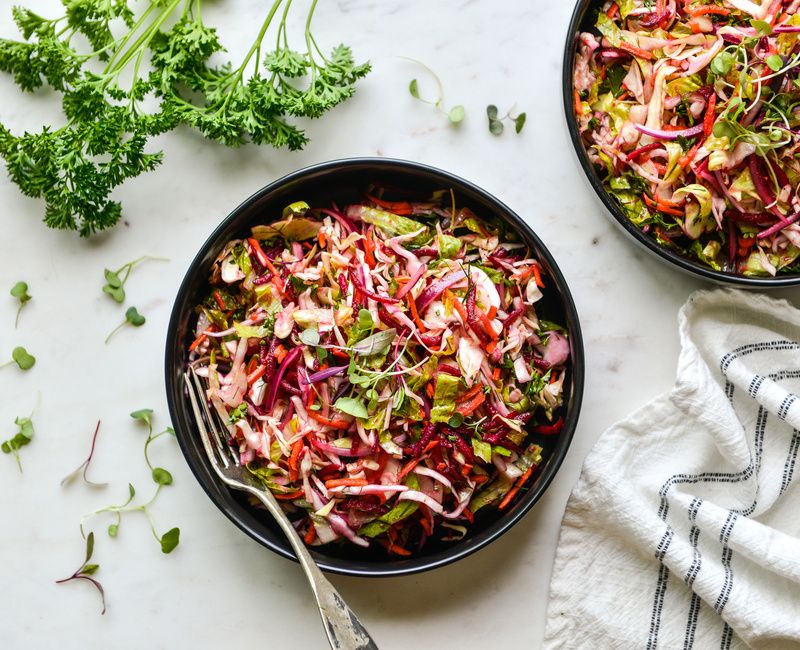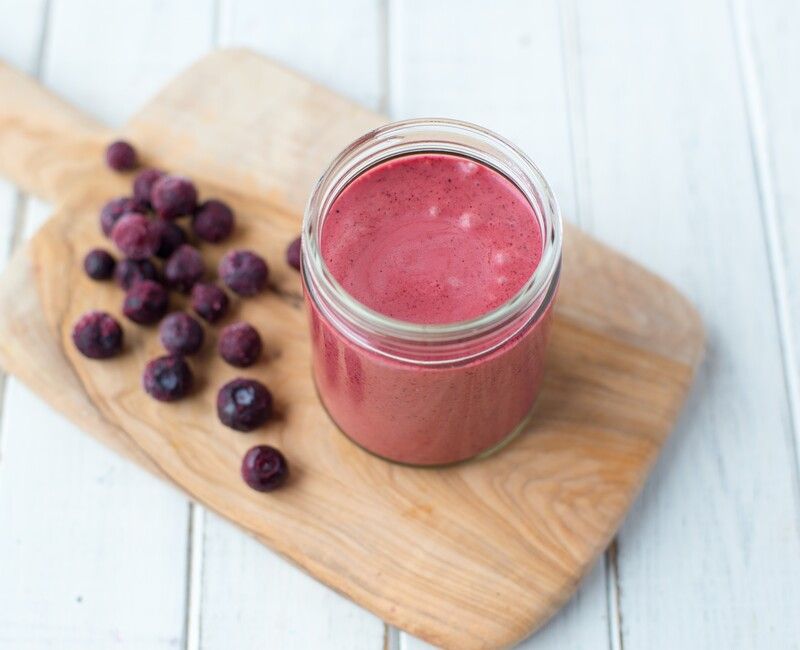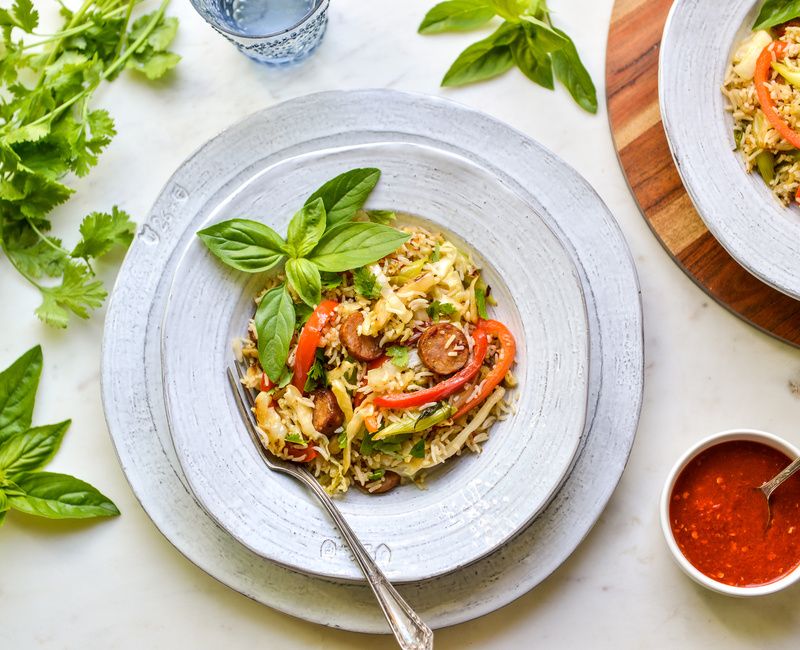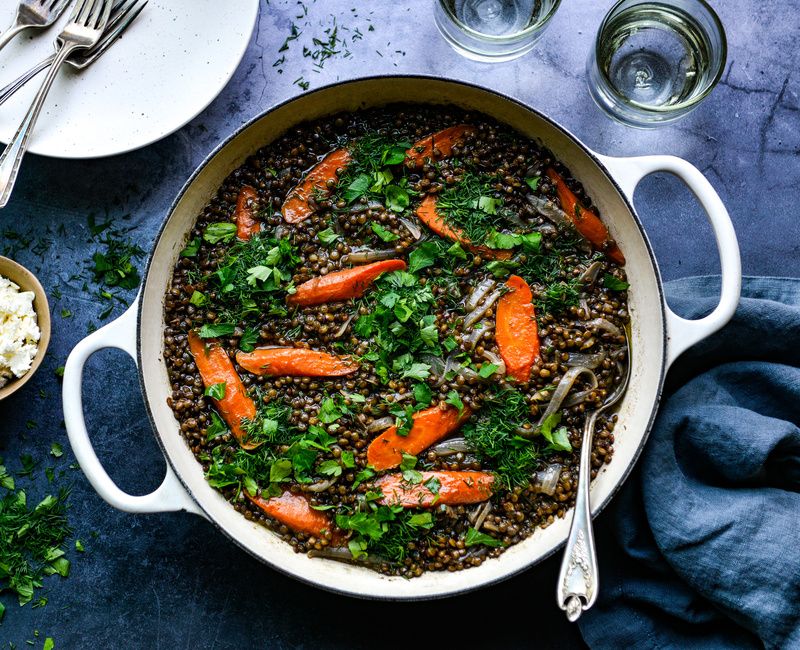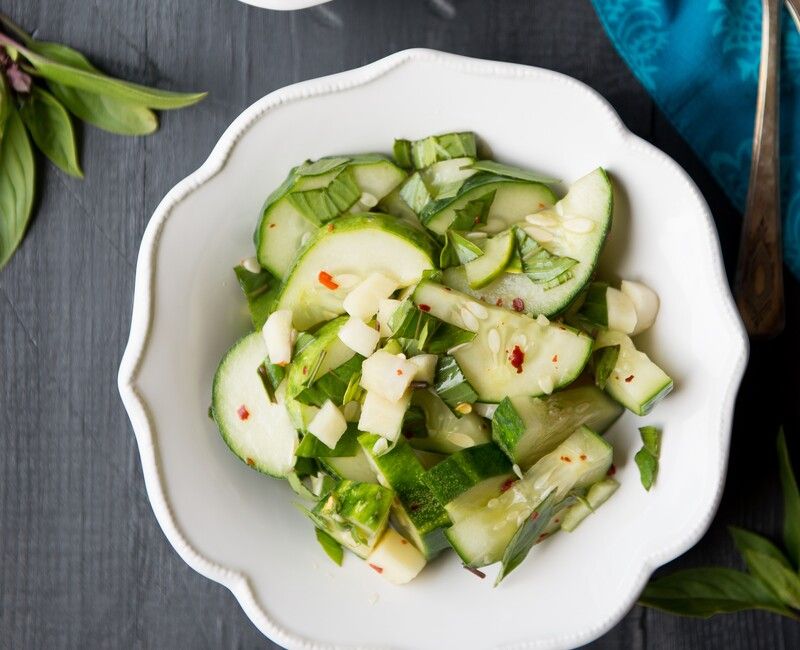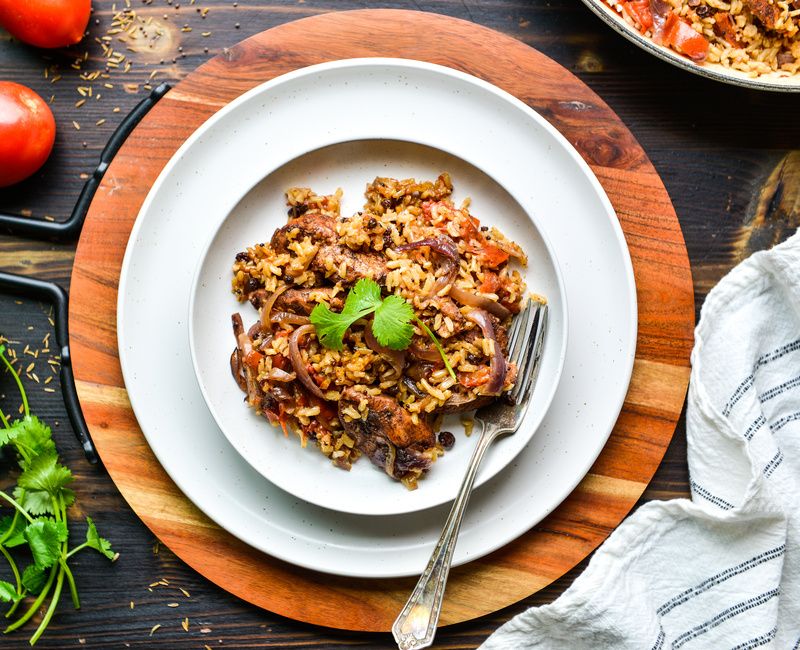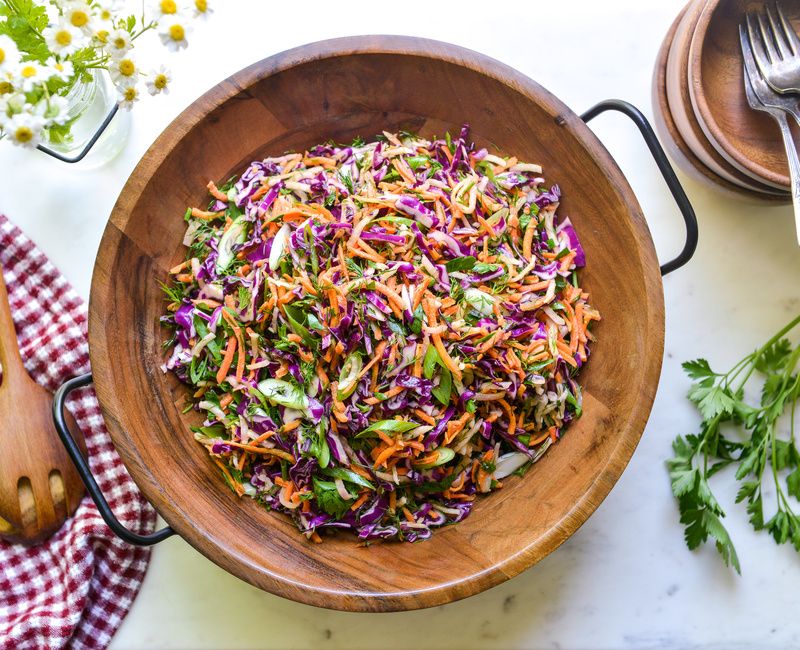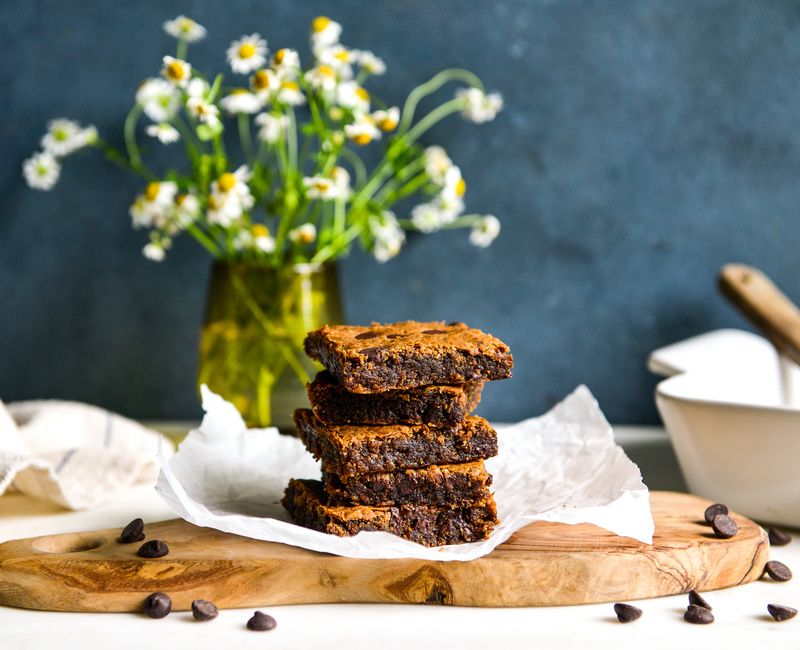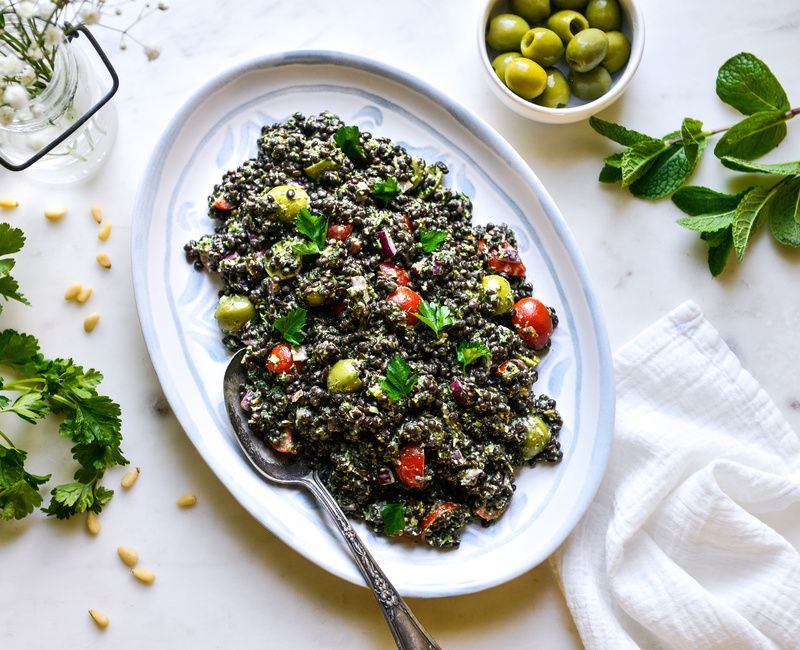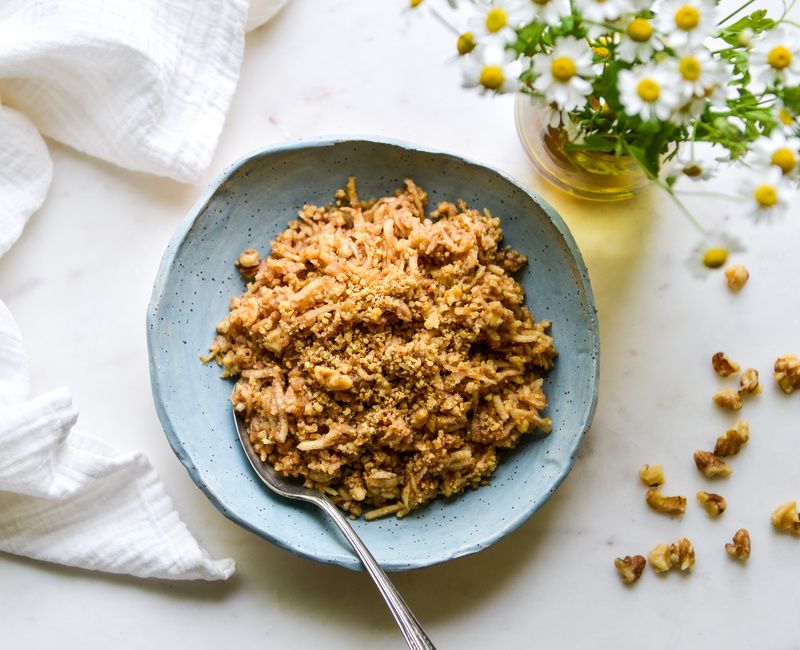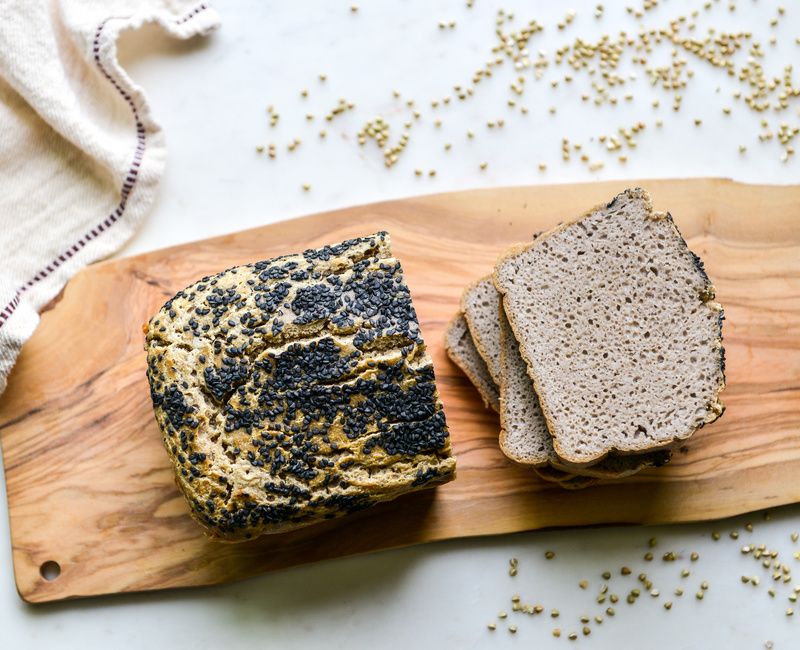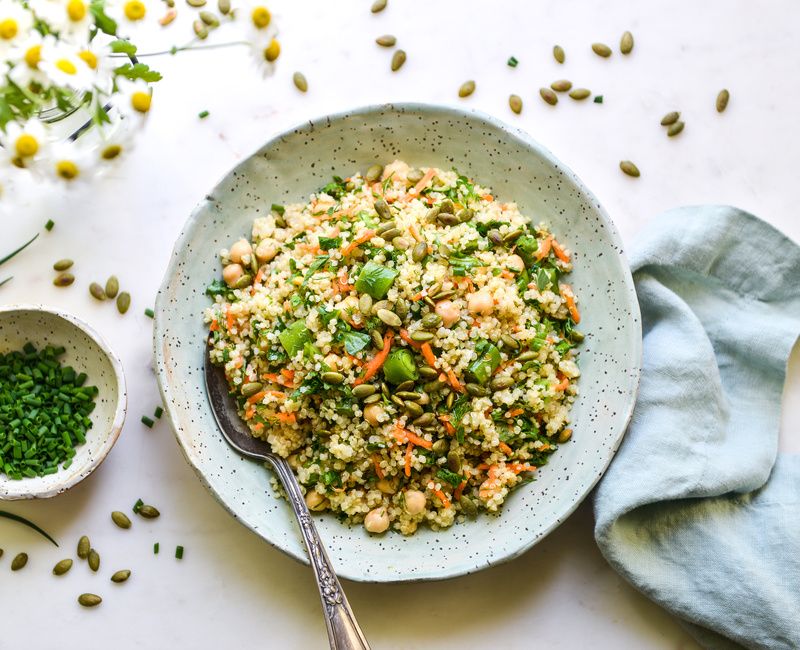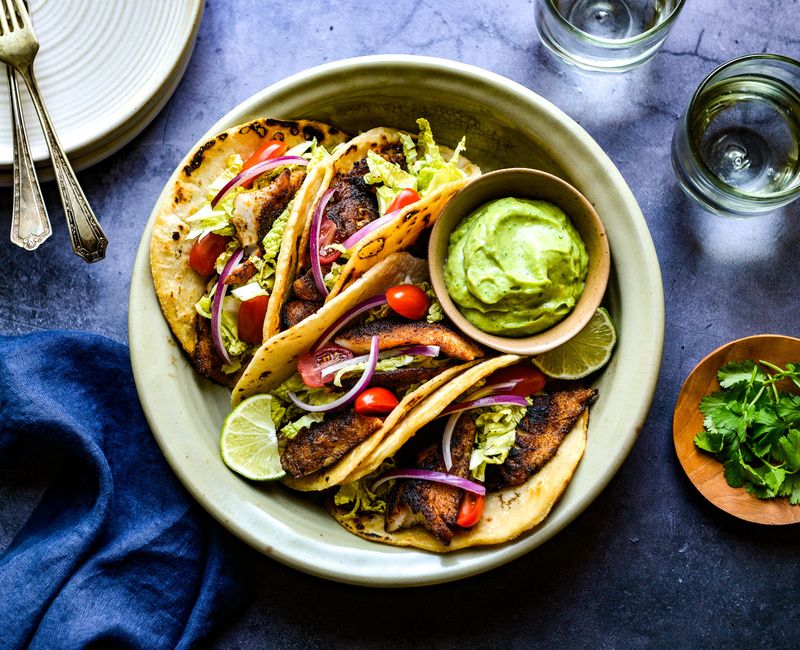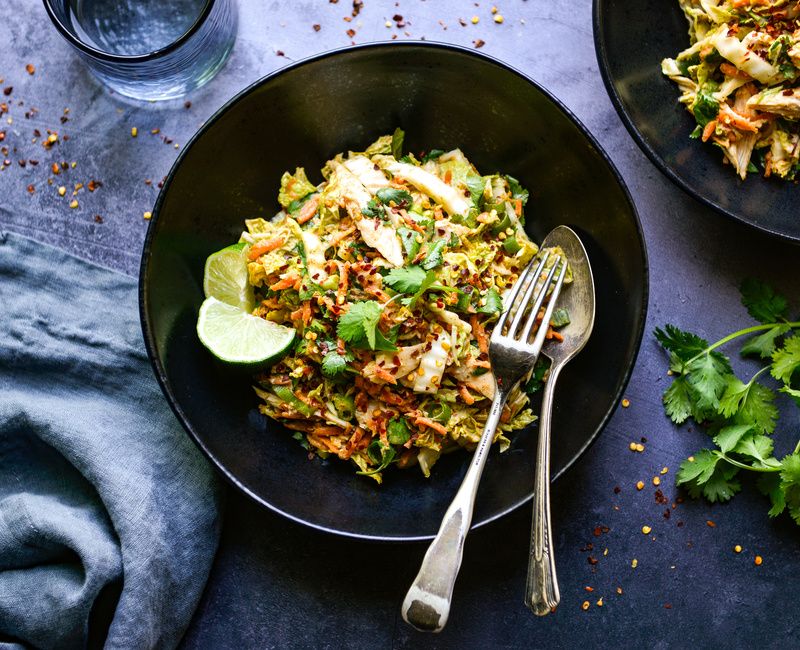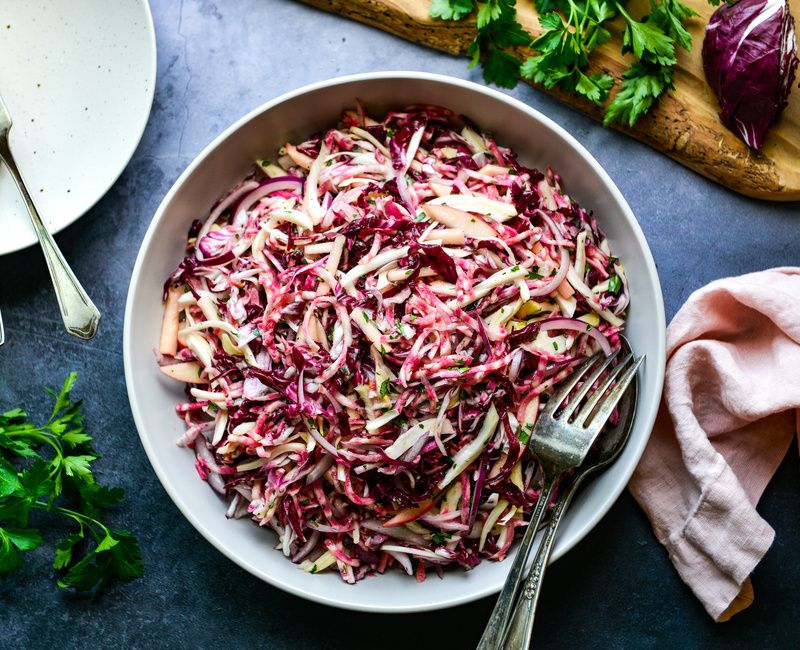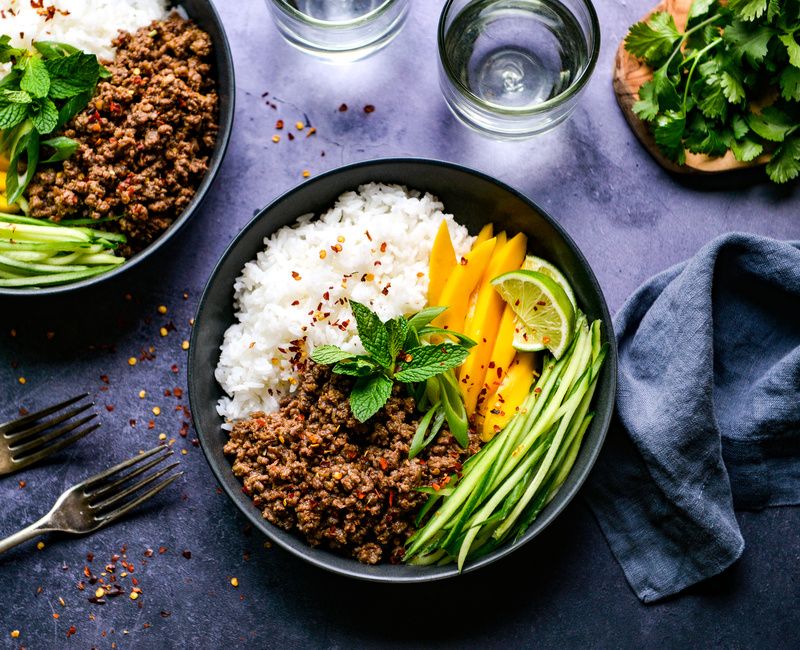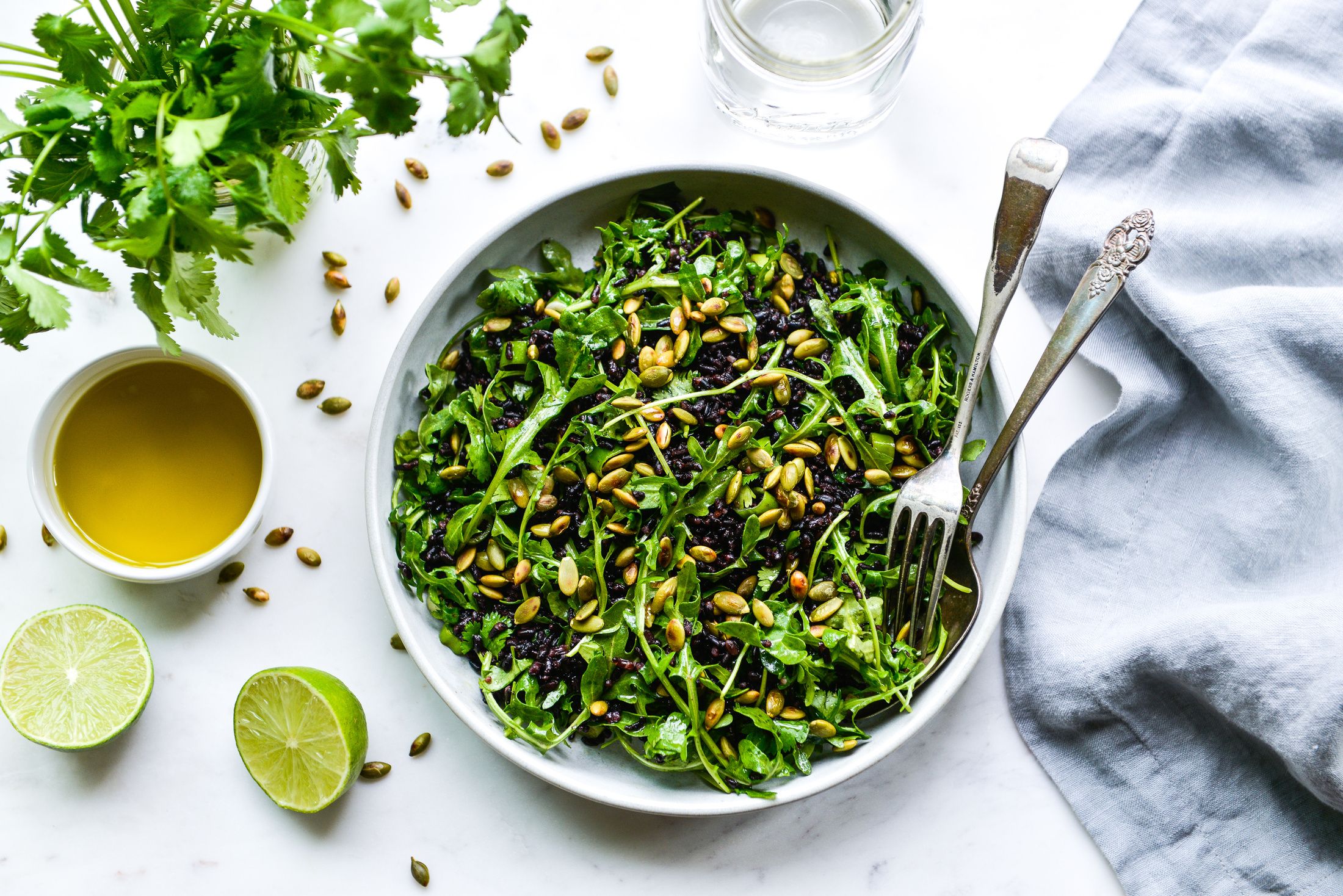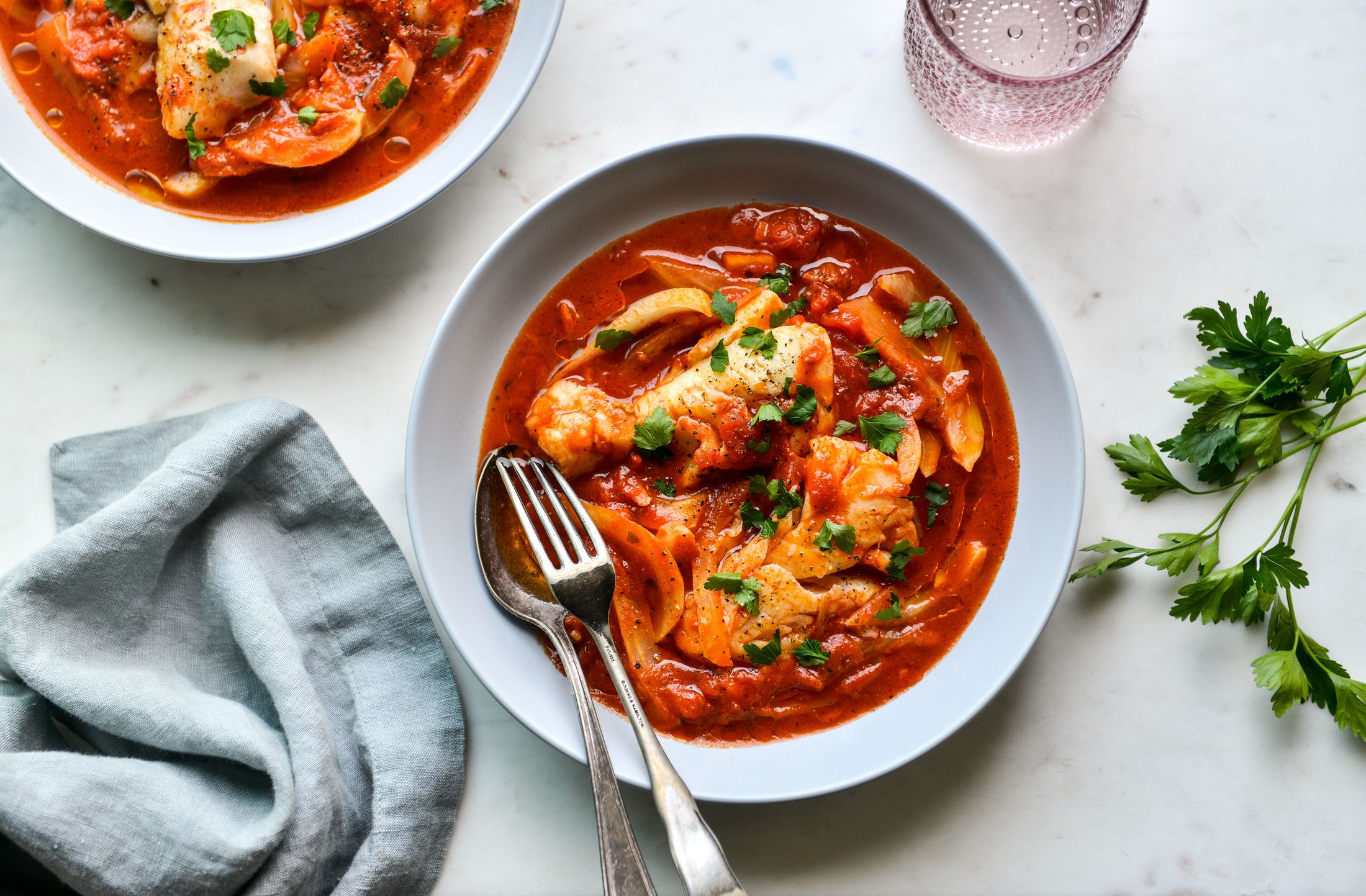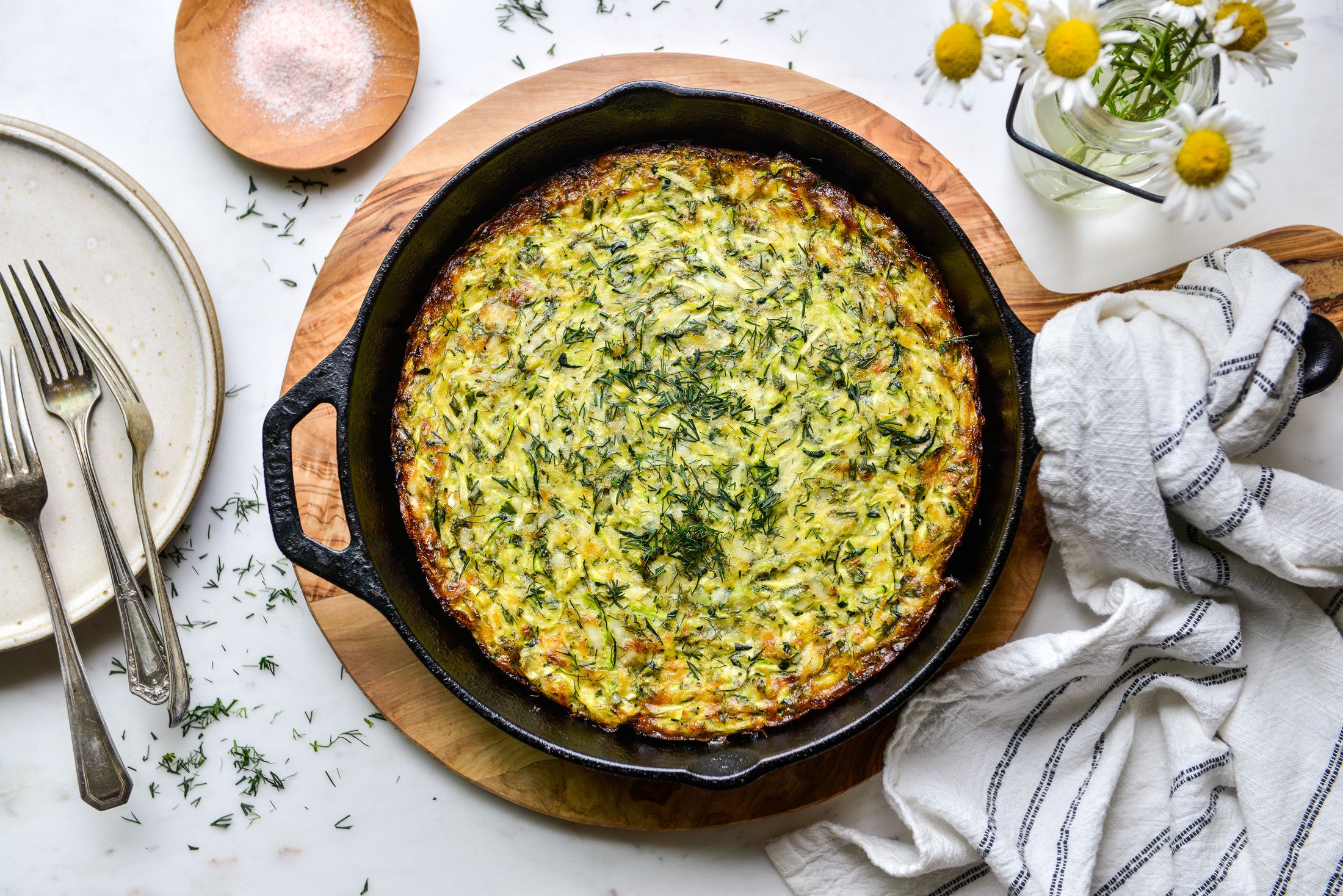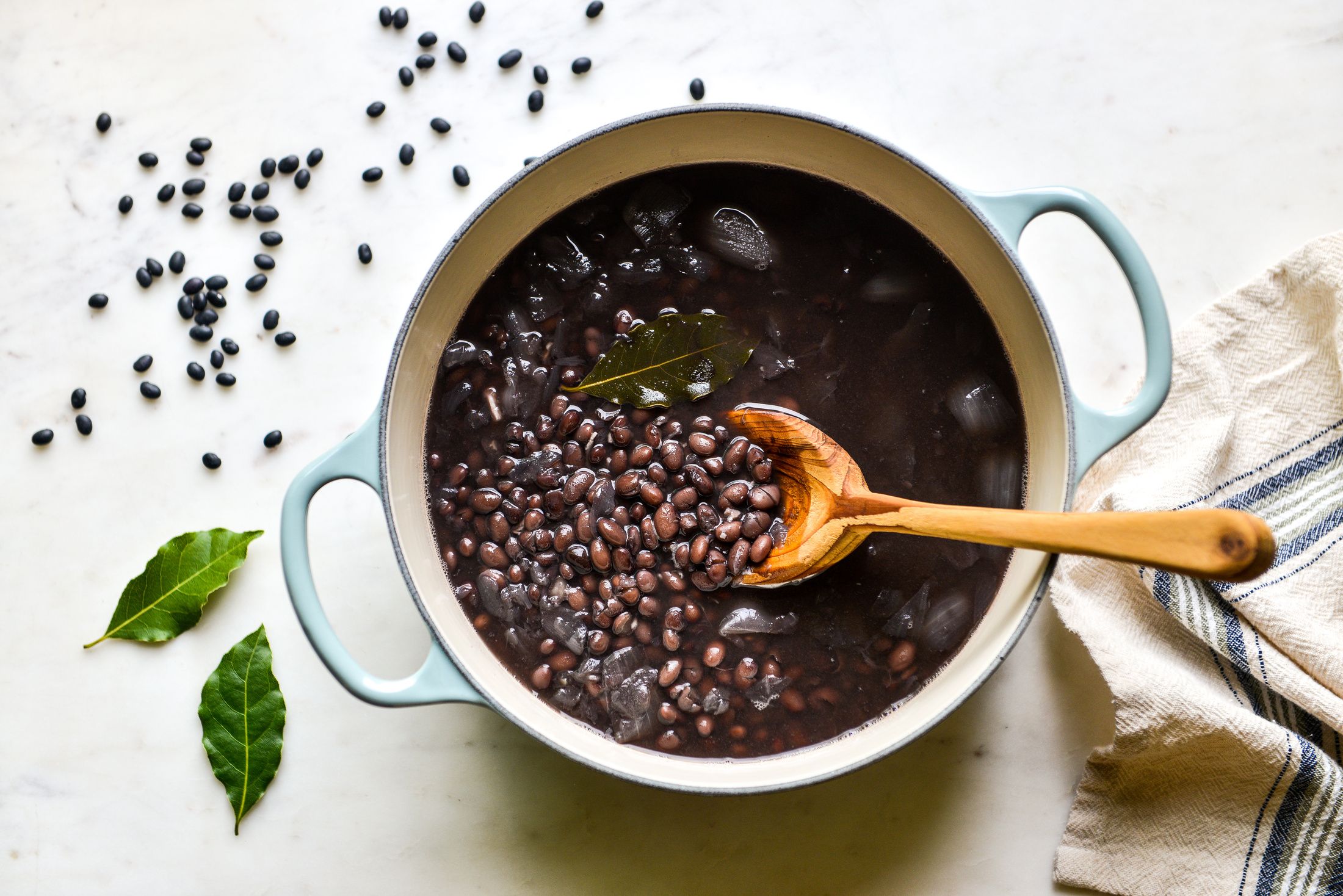Welcome Back
Try our new Meal Plan Generator
Quickly create a meal plan for your diet, and add recipes to your calendar, all in one quick, easy to use tool.
Welcome Back
Where to begin?
Browse our recipe library or use our search . You can add recipes to your meal plans, and create new meal plans from either a recipe page or thumbnail.
Have you finished shopping?
Remember to edit your Shopping List and remove items you've already purchased.
Popular This Week
Recently Reviewed
Recently Added
Find Recipes
Kitchen Staples

Grain-Free Baking Powder
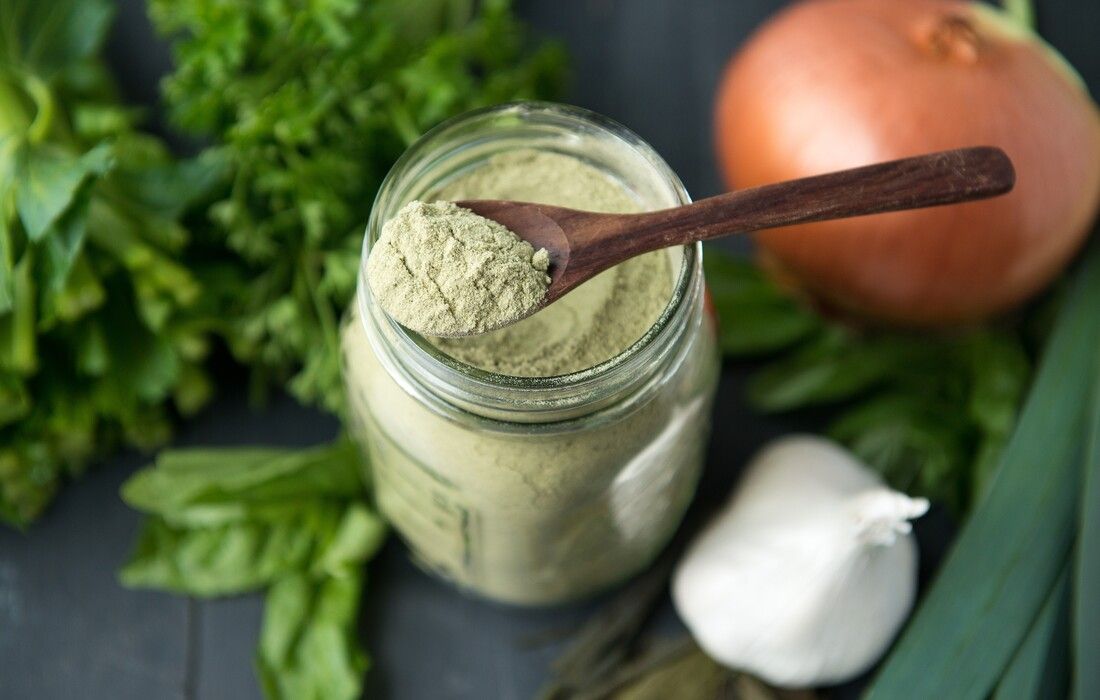
Homemade Herbed Sea Salt

Easy Homemade Ghee

Garlic-Infused Olive Oil
Recent Blog Posts

How to Use the Low-FODMAP Diet to Relieve IBS and Calm Gut Inflammation
Some of us don’t just feel digestive distress—we feel like our bodies have become unpredictable strangers. When every bite becomes a question mark, how do we find our way back to trust, ease, and belonging in our own skin? For those living with persistent digestive issues, eating is rarely simple. Even healthy foods like garlic, onions, apples, and lentils can set off a cascade of symptoms. The gut becomes a battleground. The joy of food disappears. And we’re left asking: Will I ever feel normal again? In the remove and replace phase of healing, we eliminate problematic foods and replace them with nourishing alternatives—foods that calm inflammation, soothe the digestive tract, and help regulate immune function. This is the part of the journey where rebuilding begins.

How to Leave the Known and Rewire Your Brain for Lasting Change
There comes a moment, often disguised as discomfort, when you know it’s time to change. Time to stop shrinking into old patterns that once kept you safe, but now keep you stuck. Time to step over the edge of the known and into the luminous unknown where real change begins. But if you’ve ever tried to shift your diet, a habit, a thought loop, or a way of being that feels like second nature, you know how hard it can be. Your mind may long for transformation, but your nervous system clings to the familiar—even when it no longer serves. This isn’t weakness. It’s biology. Your brain is wired to protect you—to favor what’s known, what feels safe, what conserves energy. It stores habits—of thought, behavior, even self-talk—like well-worn trails in the forest. Walking a new path requires effort, repetition, and, most of all, self-love.
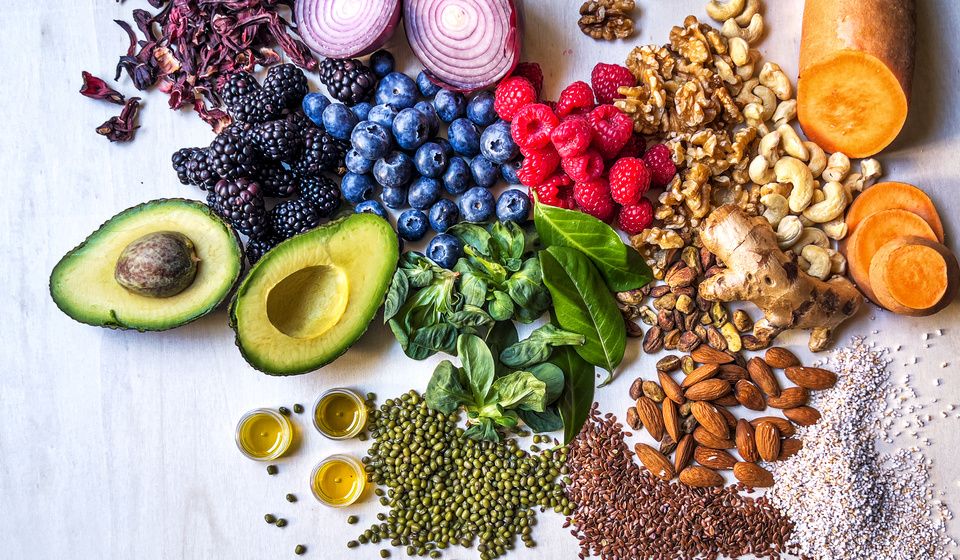
How to Do an Anti-Inflammatory Diet to Calm Inflammation
Our bodies are always speaking to us. And at some point, the signs become too loud to ignore. We wake up tired. Our digestion feels off. We are holding on to extra weight. Our skin flares, our moods swing, and we barely recognize the energy we once had. We know we aren’t eating the way we should—but we also don’t know where to begin. It all feels overwhelming, so we keep putting it off. And eventually, we begin to wonder...“Is this just how I’m supposed to feel now?” When your body feels inflamed, tired, bloated, or foggy—despite your best efforts to eat well—it may be a sign of hidden inflammation quietly impacting your energy, digestion, and clarity. Through a therapeutic, whole foods-based approach, the Anti-Inflammatory Diet offers a powerful path to restore balance by removing common food triggers, calming the immune system, and nourishing your body at a cellular level.

Digestive Health, Food Sensitivities, and the Role of the Nervous System
Every day, millions of people walk through life carrying symptoms they’ve come to normalize: bloating after meals, fatigue that never lifts, skin rashes, joint pain, brain fog, chronic sinus issues, or relentless anxiety. They reach for antacids, pain relievers, or other quick fixes—attempting to silence the body’s signals instead of pausing to ask what those symptoms are truly trying to reveal. Every symptom is a doorway into reclaiming your health and your life. They are not signs that your body is broken—they are signs that your body is speaking. That something within you is asking to be witnessed, nourished, and healed. Meet your symptoms as an ally to your growth and healing. Food sensitivities are not merely about "cutting out the wrong foods." They are a sign that the inner terrain—the gut, the immune system, the nervous system—is asking for restoration.

Elimination Diet
Ready to take your health to the next level?
There are many types of elimination diets. The basic premise of an elimination diet is to remove certain food groups for a specific period of time, or until you feel a change in your symptoms, and then slowly reintroduce foods to notice how you're feeling and if your previous nagging health issues return. Then you can remove the offending foods or food groups from your diet in order to feel good everyday!
Explore Elimination Diets

Basic Elimination Diet
The Basic Elimination Diet is a great way to ease your way into the elimination diet process. This elimination diet removes the top 5 foods that contribute to most food-related symptoms. These are gluten, dairy, eggs, soy, and corn.
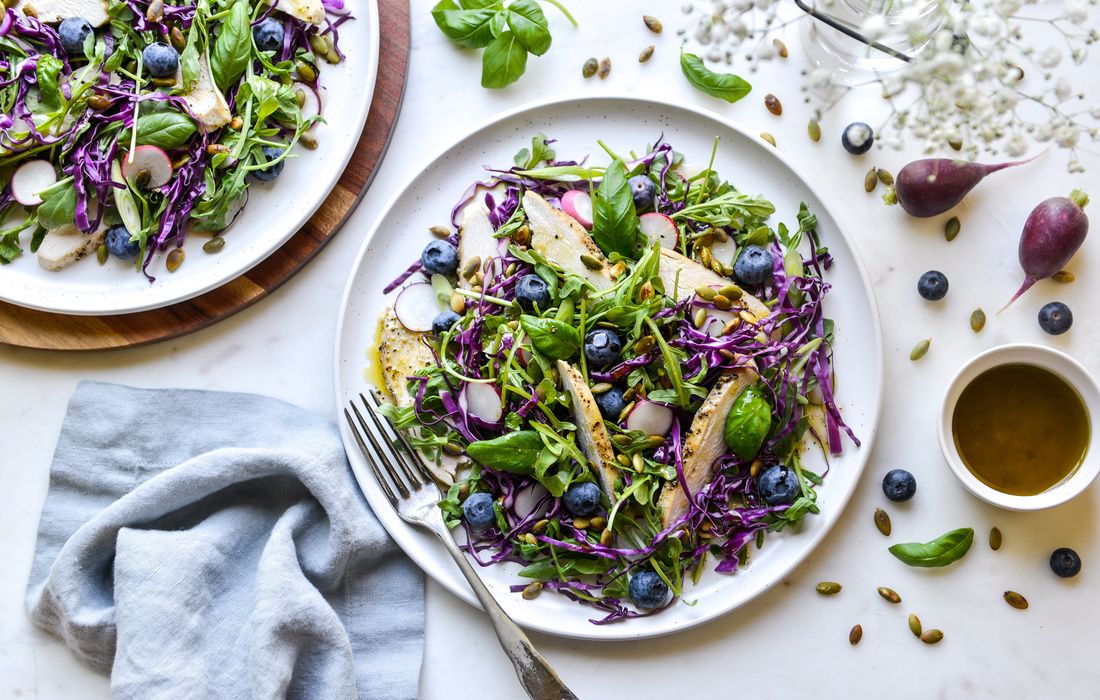
Full Elimination Diet
The Elimination Diet is our specific, complete elimination diet program. This diet is broken into three distinct phases, beginning with a 2-day liquid detox. An elimination phase is next, followed by a long reintroduction phase.
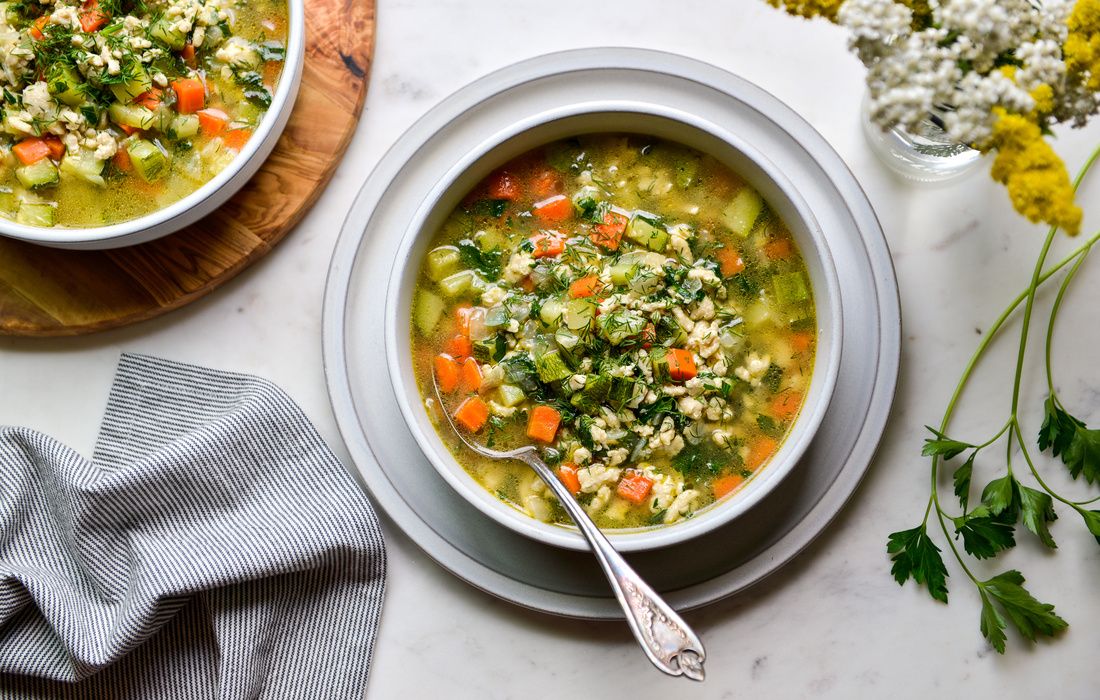
AIP Elimination Diet
The Autoimmune Protocol is a very restrictive diet that removes all grains, dairy, soy, legumes, eggs, nuts, seeds, seed spices, and nightshade vegetables. The restrictive elimination phase is followed by a slow reintroduction.
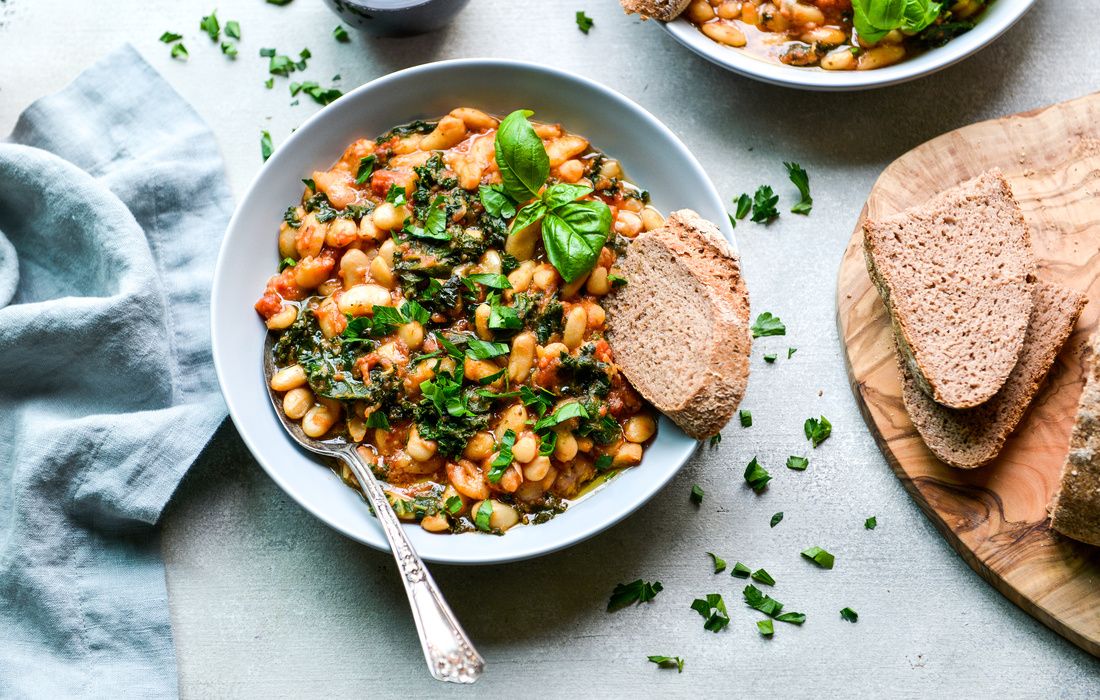
6 Food Elimination Diet
The Six food Elimination Diet eliminates all milk & dairy products, soy, eggs, wheat, peanuts & tree nuts, and seafood. This diet is typically used to treat eosinophilic esophagitis (EoE) with great success.
